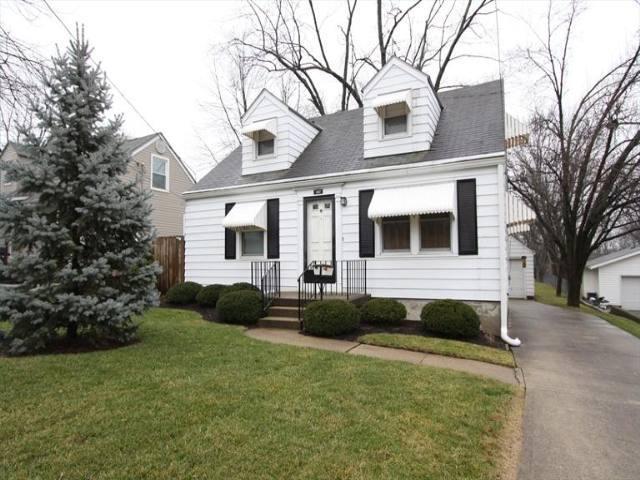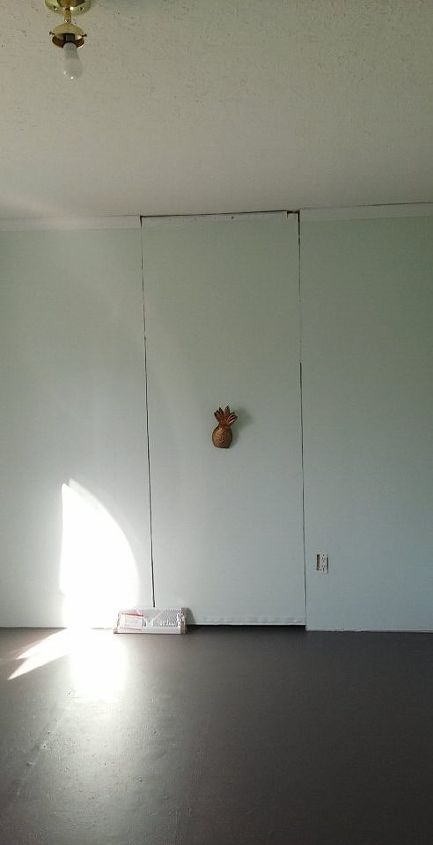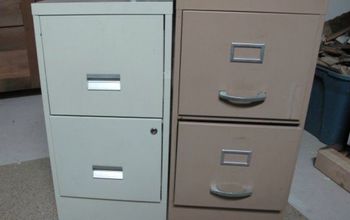How to refresh/refinish Philippine mahogany wall panels?
Related Discussions
Vinyl plank flooring vs pergo (laminate)
I currently have stinky dirty carpeting in my living room and I want to replace it with a durable flooring that can stand up to dogs and kids.
How to remove popcorn ceiling that has been painted?
Does having a paint over a popcorn ceiling change how I'd remove the popcorn ceiling?
How to apply peel and stick wallpaper?
I want to spruce up my walls with peel-and-stick wallpaper. Has anyone used this before and can advise me as to how to apply it properly?
How to stain wood floor?
I've heard staining is a good technique for updating floors. So how do I stain my wood floor?
1952 Cape Cod.
I need some advise on what I can do to improve the looks of my house. I need door, window and landscape suggestions. The house will remain white as I am on a budget. ... See more
How can I make this hidden door more hidden and less hideous?
I have a hidden door though it doesn't look so hidden at the moment and I like the appeal of a hidden door. We do need to use the door, but not often. This is in a b... See more



This is all I could find on Phillipine Mahogany Veneer. It is talking about cabinet but I believe you can get some benefit from it.
The primary concern in making your decision about stain vs. paint should be the overall condition of the cabinets and doors. Many kitchen cabinets of that vintage or older were built on-site in the home by a skilled finishing carpenter. The cabinets and doors were typically made of high-quality plywood with nice-looking veneers.
For mahogany doors, there may be a wide range of woods used for veneers in different cuts. Many are not even true mahogany, but may have a similar grain and colour and may refinish well. Others may be lower-quality "African or Philippine mahogany," which may be difficult to colour-match when restaining. True "Honduran mahogany" plywood was rare and expensive even when your home was built. If you are lucky enough for this to be the case, painting is not an option. Doors made with this rare, exotic wood should be carefully sanded and lovingly refinished.
If we assume that you don't have true "Honduran mahogany" veneer cabinets, then the cut of the grain may help make your decision. If the grain is quite straight and even, or a "ribbon cut," refinishing is a good option. If the grain is very uneven, with round swirling grain, it is likely "rotary cut" and may not finish nearly as well after removal of the old stain and varnish..
There were primarily two core materials used for plywood when your home was built and determining which you have may also weigh in your decision.
True plywood is composed of several layers of wood veneers, roughly two millimetres thick, with grains running in alternate directions. Real plywood tends to warp if exposed to extremes in moisture or heat.
The other type of material used is particle core sheathing. This material may look similar to plywood on the surface, but has a core of particle board, composed primarily of fine wood fibres mixed with glue. It is not as susceptible to warping as plywood, but is much heavier and swells considerably when wet. It is also less costly to produce. Either material may have been used in your home, and the door and cabinet edges may be covered with real wood veneer to hide the core.
If there are no exposed edges to help determine the core material, removing the individual doors by taking off the hinges should solve the mystery. Plywood doors will be quite light, but particle core materials will be noticeably heavier. If several hinges are damaged or worn out, it may be due to the heavier material having been used. If the cabinets are made from true plywood with a nice grain cut, it makes more sense to put the time and effort into refinishing.
The final criterion for the paint vs. stain question is the overall condition of the cabinets and doors. If the gable ends, cabinet fronts, or door edges are badly chipped, cracked, or missing edging, repairs may be difficult. If the surface veneer on the doors or gable ends is deeply scratched or flaked, then filling and painting might make more sense. If the hinges are worn out or loose, or the drawers not sliding well, new hardware should be installed when these components are removed for renewal. Many older types of hinges are still available at home centres or specialty woodworking stores.
Please don't paint wood. Use liquid gold